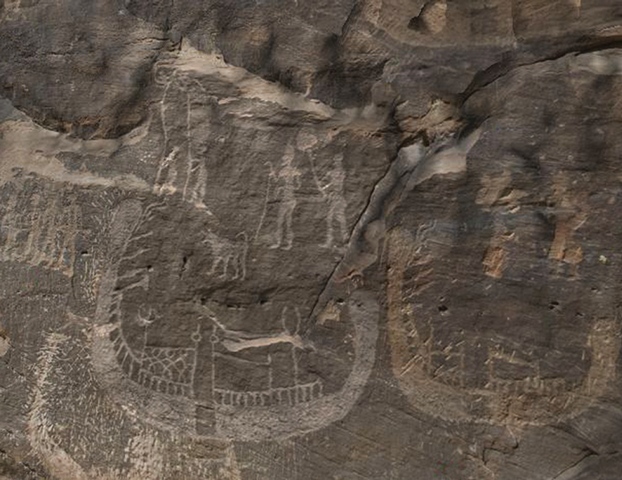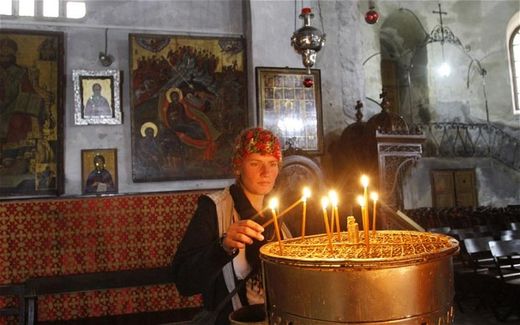
© David Carillet/Shutterstock
Shamans in the Siberian and Arctic regions used to give dried
Amanita muscaria mushroom as gifts on the winter solstice.
This Christmas, like many before it and many yet to come, the story of Santa and his flying reindeer will be told, including how the "jolly old elf" flies on his sleigh throughout the entire world in one night, giving gifts to all the good children. But according to one theory, the story of Santa and his flying reindeer can be traced to an unlikely source: hallucinogenic or "magic" mushrooms.
"Santa is a modern counterpart of a shaman, who consumed mind-altering plants and fungi to commune with the spirit world," said John Rush, an anthropologist and instructor at Sierra College in Rocklin, Calif.
According to the theory, the legend of Santa derives from shamans in the Siberian and Arctic regions who dropped into locals' teepeelike homes with a bag full of
hallucinatory mushrooms as presents in late December, Rush said. "As the story goes, up until a few hundred years ago these practicing
shamans or priests connected to the older traditions would collect
Amanita muscaria (the Holy Mushroom), dry them, and then give them as gifts on the winter solstice," Rush told LiveScience. "Because snow is usually blocking doors, there was an opening in the roof through which people entered and exited, thus the chimney story."
But that's just the beginning of the symbolic connections between the
Amanita muscaria mushroom (at right) and the iconography of Christmas, according to several historians and ethnomycologists, or people who study the influence fungi has had on human societies. Of course, not all scientists agree that the Santa story is tied to a hallucinogen.











